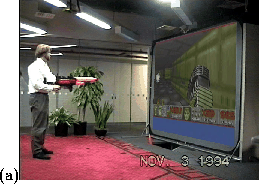
Figure 5.1: The user environment for SURVIVE.

Figure 5.1:
The user environment for SURVIVE.
The simplest mapping is, of course, the direct one: map interface device features directly (one-to-one) into the control space of some application. Usually a small amount of filtering will be required, and possibly it's desirable to use non-linear mappings, but otherwise interface outputs feed directly into application inputs.
Russell and Starner[18] created an application called SURVIVE (Simulated Urban Recreational Violence Interactive Virtual Environment), an entertainment application that uses a direct mapping. SURVIVE allows the user to interact with a 3D game environment using the IVE space. Figure 5.1 shows a user in SURVIVE. The gestural interpretation provided by Pfinder is mapped into the game controls for the popular id Software game Doom.
It's insightful to contrast the SURVIVE interface with the standard keyboard Doom interface. The task in Doom is navigating through a virtual environment. This is usually accomplished by pressing keys on a keyboard. Changing the direction of travel is as easy as picking up one finger and pressing down another. Split-second decisions become split-second actions. The SURVIVE interface is much less forgiving. Movement of the virtual body is linked to the movement the real body. A change of virtual direction actually requires a movement in that direction, maybe several feet of movement. This leads to a much more engrossing, visceral experience of the game.